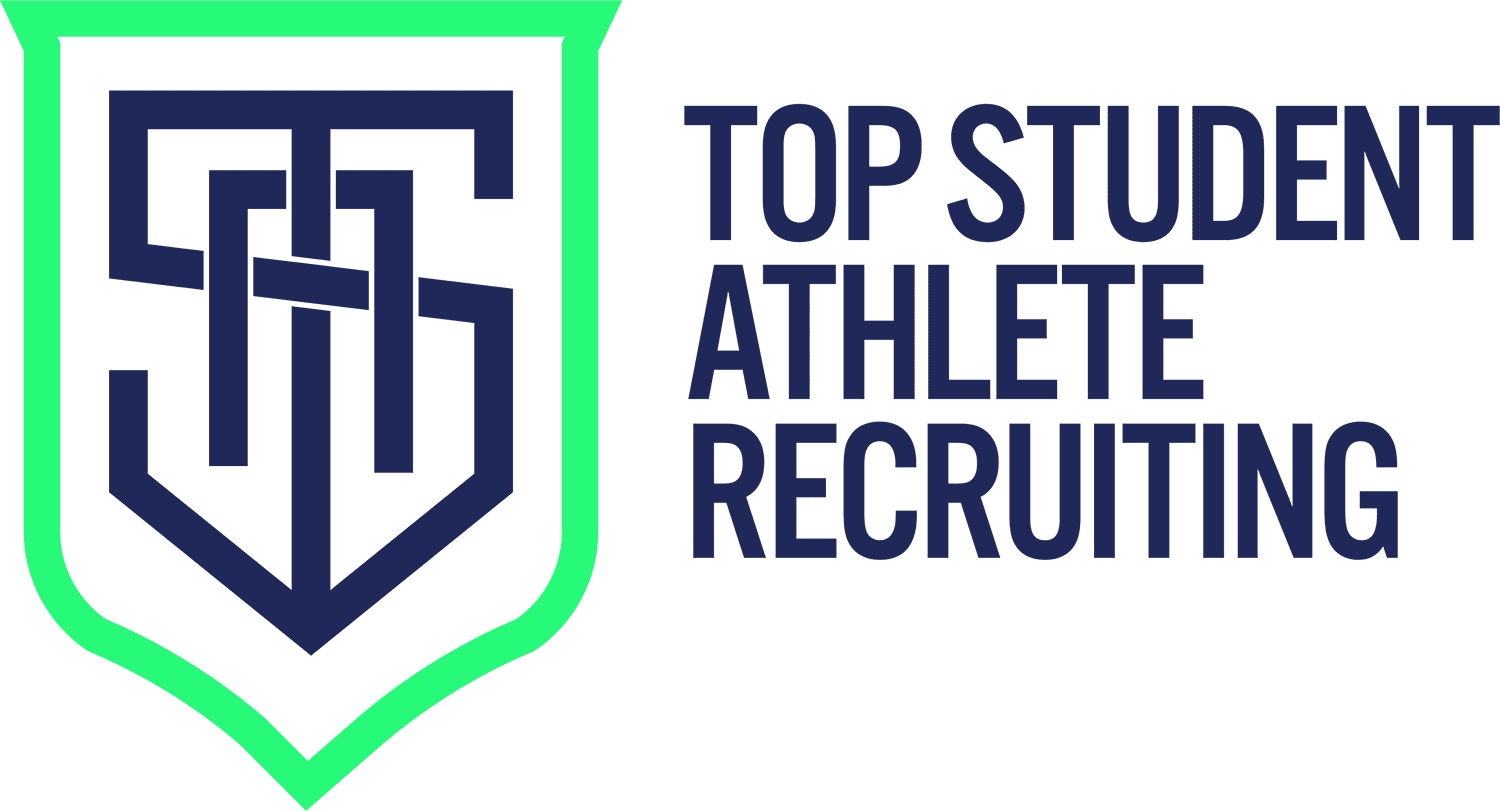I spoke to a NCAA Division I soccer coach this week who told me that all four seniors on his squad were going to return for the additional year of eligibility that the NCAA has granted student-athletes because of Covid. Their program’s recruiting needs for this year are virtually zero – they can’t take another player. And next year he expects the same – so only his four “super seniors” will graduate. Additionally, the NCAA is allowing a one-time transfer exemption so that current student-athletes that transfer are immediately eligible. The transfer portal is full of student athletes looking for a new opportunity or looking to start a graduate degree while still using that fifth year of eligibility.
As of today, there are over 1,000 soccer student-athletes total in the transfer portal in each gender of college soccer. This is the site where student-athletes have to register when they intend to transfer and where college coaches can “shop” for experienced transfers to add to their roster.
So why do I tell you this? Because recruiting is more challenging than ever before. There are approximately 500 Division I soccer programs in the NCAA, 300 women’s and 200 men’s. Let’s say these programs average a recruiting class each year of seven athletes. This equates to only 3,500 total Division I roster spots each year. So now factor in over 2,000 athletes with previous NCAA experience in the transfer portal along with an unknown number of international athletes … I think you get the picture. Landing a NCAA I roster spot is more challenging than ever.
Recruiting is challenging for college coaches too. College coaches get hundreds, if not thousands of emails from prospective student-athletes each year. Before a major recruiting event, it’s not uncommon for a coach to receive hundreds of emails from athletes that want to be recruiting, stating they have an interest in their program and ask these coaches to watch them play at the upcoming showcase. Then, factor in that a majority of these emails come with highlight videos to watch and you can quickly see how there is an extraordinary amount of work that goes into filtering these requests into a targeted list of prospects for these programs for the limited number of roster openings.
It takes some persistence and patience for sure. You need to cast a wide net and reach out to a variety of programs at different levels to ensure you have a plan A, B, C, D, etc. On top of that, you need to have a good highlight video that makes coaches want to see you play in person. Remember, video is the bait that makes coaches want to see you play live. Sending an initial email to a coach without video is not going to get you very far.
So where does TSA Recruiting fit in?
I use my experience and connections to help prospective student-athletes both prepare for the recruiting process and build connections between them and college programs. Through my network of college coaches, I can help move these athletes to the front of the line and help to ensure that they are being noticed, largely because I am connecting athletes with programs that I believe to be the right fit for them. This helps to prevent these athletes’ emails from being overlooked.
I am different from other recruiting services out there in the market. TSA Recruiting is not a DIY service; I watch you play and use my knowledge and experience to pair you with a list of schools that I believe to be a good fit. I’ll call coaches on your behalf and help you and your family save thousands of dollars through the financial aid process.
As we turn to the new year, the main question you need to be asking yourself is, “How am I going to get ahead in the process?”

